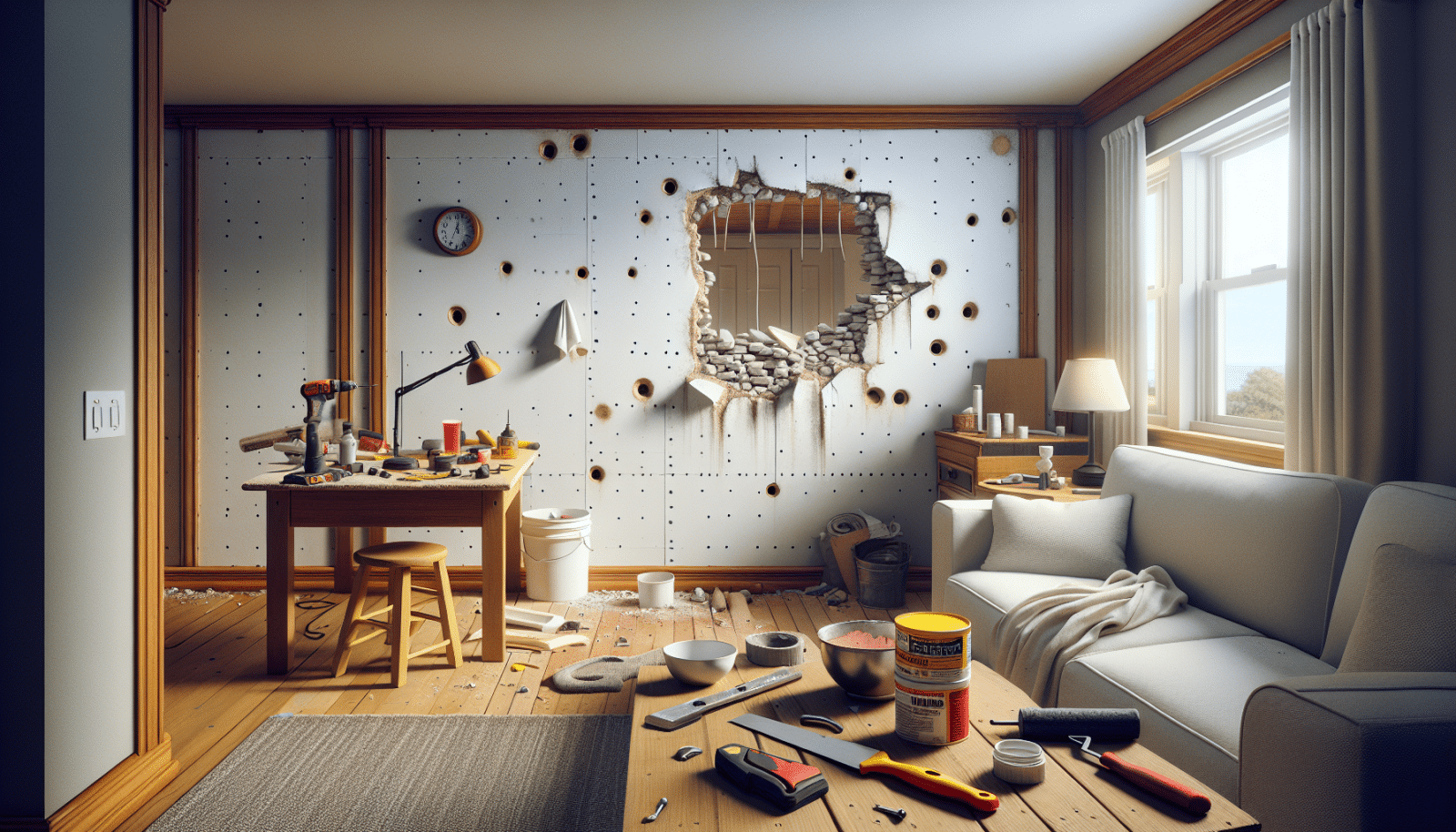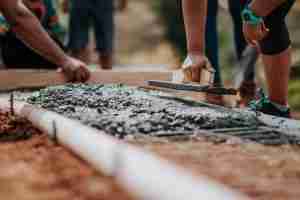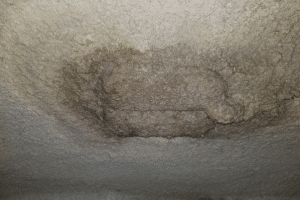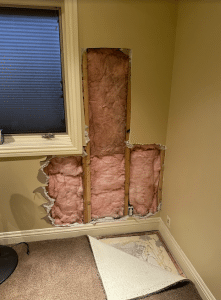At Utah Drywall & Repair, we understand that having holes in your wallboard can be a frustrating issue for homeowners. Not only does it affect the aesthetic of your home, but it can also lead to further damage if not addressed promptly. Our guide, Fixing Holes in Wallboard: Simple Methods That Work, is designed to assist you in tackling these problems with ease and confidence. Together, let’s explore effective solutions that make your walls look as good as new.
Contents
Understanding Wallboard Damage
Wallboard, frequently known as drywall, is a popular choice for interior walls due to its versatility and cost-effectiveness. However, it’s not immune to damage. Everyday activities, accidents, and even parked furniture can cause unsightly holes and dents.
Understanding the common causes of wallboard damage is the first step toward effective repair. By identifying potential hazards, we can take preventive measures to maintain the pristine quality of our walls, avoiding future damage wherever possible.
Assessing the Damage
Before rolling up your sleeves, it’s crucial to assess the extent of the damage. This evaluation will dictate the approach and materials needed for an effective fix.
For minor scuffs and dents, a simple touch-up is usually sufficient. Conversely, larger holes may require additional measures. By properly assessing the damage, you can save time and ensure your repairs are efficient and lasting.
Simple Tools You’ll Need
As with any DIY project, having the right tools makes all the difference. Luckily, repairing wallboard doesn’t require a massive toolkit.
You’ll need a few essentials: a putty knife, sandpaper, wallboard compound, and mesh Tape. These tools, easily sourced from your local hardware store, can equip you to tackle most wallboard repairs confidently.
Repairing Small Holes
Small holes, usually left by nails or anchors, are among the easiest to repair. The process is straightforward and doesn’t take much time.
To fix these cliches, start by cleaning the area and applying a small amount of wallboard compound with a putty knife. Allow it to dry before Sanding it down to achieve a smooth finish. You’ll have a seamless wall in no time!
Patching Medium-Sized Holes
Medium-sized holes require a bit more effort but are still well within the capabilities of most homeowners.
First, cut a piece of mesh tape slightly larger than the hole and apply it over the affected area. This provides a sturdy base for the wallboard compound. Then, apply the compound over the mesh in layers, letting each dry before sanding. Your wall will soon return to its former glory!
Fixing Large Holes
Large holes can seem daunting, but we promise they’re not as scary as they look. With patience and the right technique, your wall will be as good as new.
For larger repairs, cutting out the damaged area and fitting it with a new piece of wallboard is essential. Secure the piece with mesh tape and compound, smoothing it out to seamlessly blend with the existing surface.
Finishing Touch: Priming and Painting
Once your patchwork has dried and been sanded smooth, it’s time to restore the wall to its original splendor.
Applying a coat of primer ensures the paint adheres properly, providing a flawless finish. Finally, select a matching paint color to blend the repaired section seamlessly with the rest of your wall.
Common Mistakes to Avoid
When embarking on a wallboard repair project, avoid some common pitfalls to ease the process.
- Rushing the drying time: Patience is key. Allow ample time for compounds and paints to dry fully. Skipping this step can compromise the quality of your repair.
- Neglecting to sand: A good sanding job ensures a smooth surface, so don’t skip it. The more you sand, the better the finish.
- Overloading compound: Using too much compound can create lumps. Apply in thin, even layers for best results.
- Ignoring ventilation: Drying compounds release fumes. Ensure proper ventilation for a safe and pleasant working environment.
- Skipping primer: Skipping primer can result in uneven paint. Prime for that picture-perfect wall.
Safety Tips for DIY Repairs
Safety should always be a top priority during any home improvement project. While repairing wallboard is generally safe, there are considerations to keep in mind.
Use protective gear such as goggles and a dust mask when sanding to avoid inhalation of dust. Additionally, if using any tools, ensure proper handling to prevent injuries. A little caution goes a long way!
When to Call in the Professionals
In some cases, the damage might be beyond DIY-friendly. If your wallboard shows signs of extensive damage or if you’re doubtful about the repair process, it might be best to consult professionals.
At Utah Drywall & Repair, we’re just a call away and ready to assist you with any repair needs. With our expertise, you can be confident your job will be done efficiently and expertly.
Don’t let wallboard damages affect the charm of your home. For professional help, call us at 801-406-6350 or Request a Free Quote.




